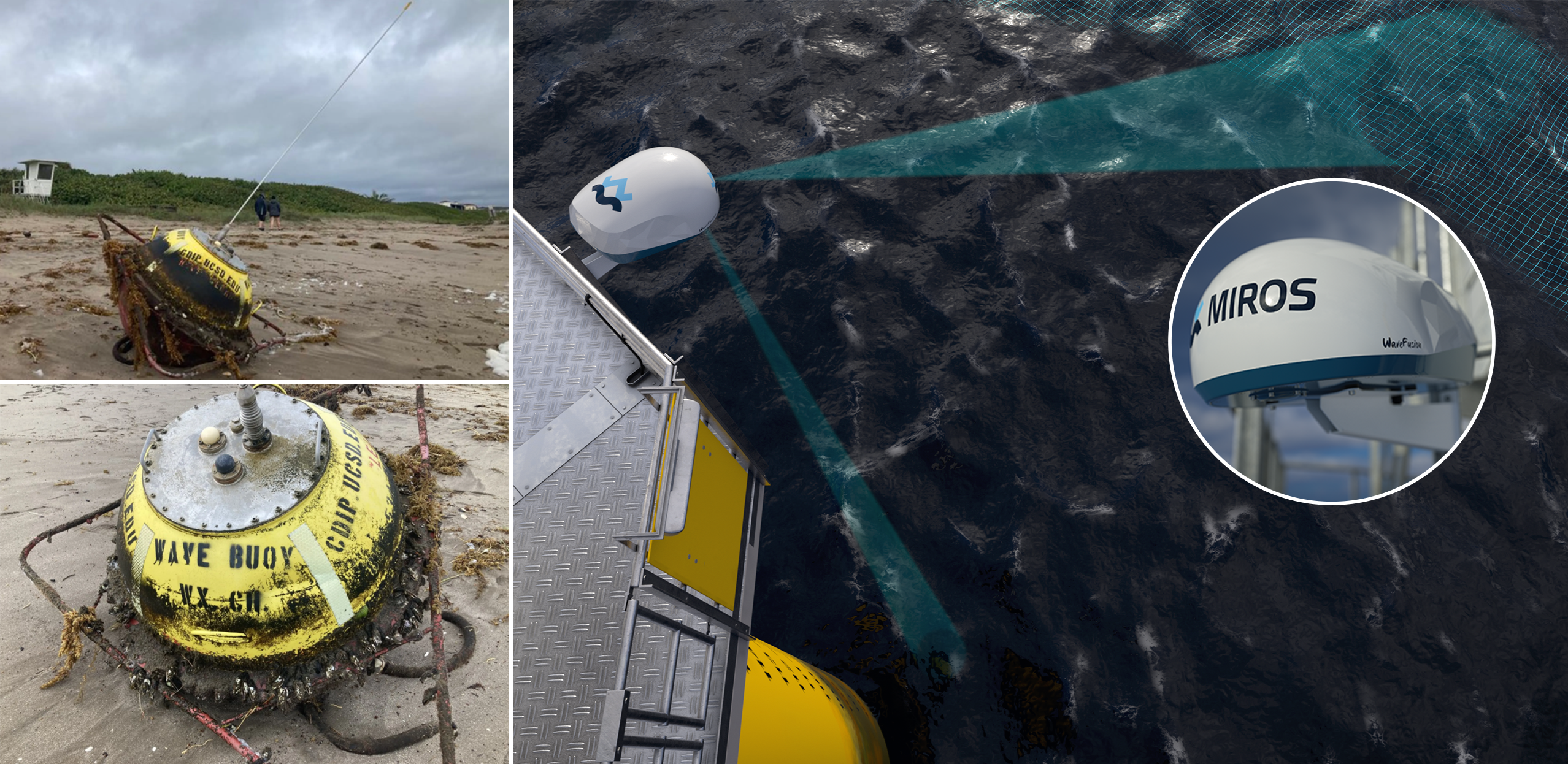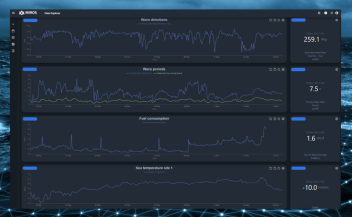10 reasons to swap out your offshore wind wave buoy for a dry-mounted wave radar
Substituting wave buoys for dry-mounted wave radars can offer a host of benefits for offshore wind farms, from the installation phase through to operation.




Marginal gains can yield monumental results
As the offshore wind industry continues to develop and the number of turbines in the water increases, developers are always looking to boost efficiencies wherever possible.
Access to accurate, real-time sea state information has always been essential to safe and effective operations offshore, allowing for precise decision-making and planning.
Historically this service has been delivered through the use of wave buoys, but Miros is always looking to stay ahead of the wave and ensure we stay at the forefront of technological development.
Dry-mounted wave radars, which are fixed to turbines, already play a crucial role in safeguarding the integrity of assets and are the future of sea state monitoring.
But it can be difficult to know when to swap out your offshore wind wave buoys for a dry-mounted radar, here are 10 advantages to making the switch sooner rather than later:
1 – Reduced Installation Complexity
Wave buoys typically require additional structures for deployment, including mooring systems. Using a dry-mounted wave radar eliminates the need for these extra installations, simplifying the overall installation process.
2 – Cost Savings
By eliminating buoys and the need for associated mooring systems, developers can cut their costs, as well as reduce the complexity and maintenance requirements of their sea state monitoring solutions.
3 – Minimized Environmental Impact
Buoys and mooring systems have environmental impacts during installation and removal, potentially disturbing marine ecosystems. Conversely, dry-mounted radar systems have less of an impact on the surrounding area with their installation causing less disruption to sea life.
4 – Enhanced Safety
Installing and maintaining buoys in offshore locations, especially in typically rough seas, can be challenging and pose safety risks to personnel. Dry-mounted wave radar systems require low maintenance as they can be monitored remotely, reducing the need for human intervention in harsh offshore conditions.
5 – Improved Reliability
Wave buoys are exposed to the elements and can be subject to significant wear and tear, affecting their reliability. However, dry-mounted wave radar systems are more robust and less susceptible to environmental damage, resulting in increased reliability and data accuracy.
6 – Real-time Monitoring:
Miros’ dry-mounted wave radars provide real-time data, allowing for immediate assessment and response to changing sea conditions. This is crucial for optimizing the operation of the offshore wind farm and ensuring the safety of personnel and equipment.
7 – Design Considerations
Data collected by dry-mounted wave radars contributes to the refinement of offshore wind turbine designs. This ensures that future installations are better equipped to handle prevailing wave conditions, enhancing the overall resilience and longevity of wind energy infrastructure.
8 – Longer Service Life
Wave buoys have a limited service life due to their constant exposure to harsh marine conditions. Dry-mounted radar systems, being more durable and less affected by environmental factors, have a much longer operational life, reducing the frequency of replacements.
9 – Data Accuracy
Dry-mounted wave radar systems offer high-resolution and accurate wave data, providing valuable information for design, construction, and operational phases of the offshore wind farm. This can contribute to better decision-making and optimization of the project.
10 – Integration with Other Systems
Dry-mounted wave radar systems can be more easily integrated with other monitoring and control systems used in offshore wind farms, allowing for a comprehensive and centralized approach to data management.
Make the switch
Beyond those listed above there are a host of other advantages to using dry-mounted wave radar systems instead of wave buoys, such as risk mitigation and structural health monitoring. As soon as you have your first offshore wind turbine foundation installed you can fit your dry-mounted wave radar and instantly streamline and safeguard your operations.

